One of the biggest pet peeves I have when I see people advertising tea is some sort of mystical, magical health benefit that pretty much promises it will do anything other than raise the dead. Accompanying this is the pretty frequent sighting of posts on various tea forums from newcomers who say things like “I want to get the health benefit of drinking tea — which tea is best for X?” Stores like Teavana then capitalize on this sort of thinking, and invents, without any sort of rationale, a whole series of “health benefits” of various kinds of tea for different parts of the body, with the clear implication that if you want a full body benefit, well, you better buy all of their teas.
There’s only one problem – all this talk of health benefits, etc, ignores the fact that just like pretty much anything else, there comes a point when there’s too much of a good thing. You can, indeed, overconsume tea. An analogy can be drawn with wine — while a glass of red wine a day may be good for your health, two bottles a day is pretty much certainly going to cause you health problems. While it is not clear where tea’s “health threshold” may be, it has to have one.
In my experience I have had two unpleasant encounters with drinking too much tea. The first was an instance in which I drank too much tea while pulling a near all-nighter in college trying to finish a paper. I remember my legs were shaking uncontrollably and I’m pretty sure it was due to caffeine overdose of some sort. The second was actually much more scary — I was drinking lots of tea in the run up to my general examinations for me to proceed on my dissertation research, and one night as I was getting ready for bed, my heart started beating at a rate and strength that was very unnatural — I thought I was getting a heart attack or something. It calmed down, eventually, but not before it really scared me. Doctors, of course, found nothing wrong, and suggested I consume less caffeine and sleep more. Recently, a tea friend here in Hong Kong told me that he had something very similar — heart rate that was abnormally fast (140-150 bpm). Doctors couldn’t find anything either. We both agreed that tea, specifically strong, young puerh, and lots of it, may be the culprit.
I have been mostly on a “one tea a day” regimen for the past 6 years, and I haven’t had another such episode since then. I think lots of people get the impression that I drink lots of tea every day. The fact is, I don’t unless I’m visiting a shop and hanging out with tea friends. Yesterday I stopped by Best Tea House to see some old friends, and I know I drank a little too much as I started feeling uncomfortable. Like a person who is getting tipsy but who doesn’t want to get drunk, I stopped.
I know I’m going to get people here who will poo-poo the idea that too much tea can be bad for you, or that drinking only greens or young puerhs exclusively will yield anything other than pure bliss. I’m not saying that everyone will get the same reaction — some people may have much higher tolerance for such things, but at some point, you can, in fact, overconsume tea, and at that point it will no longer be a health benefit, but a health hazard. Tea and health is mostly a marketing hype, as I’m pretty sure that drinking pesticide laced CTC brewed bottled iced black tea flavoured with artificial flavouring agents and lots of sugar is not going to give you any health benefit whatsoever. Drink in moderation.



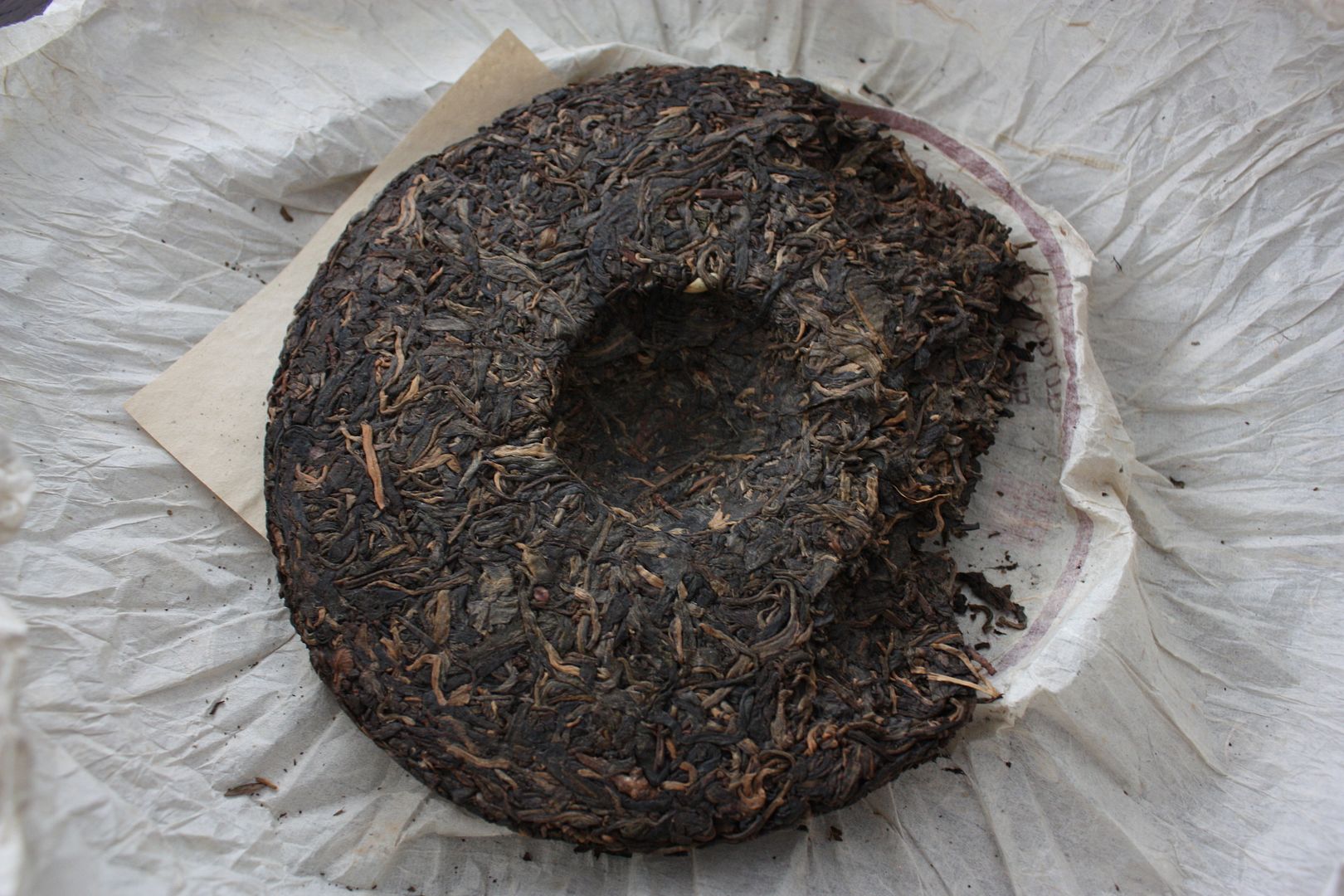
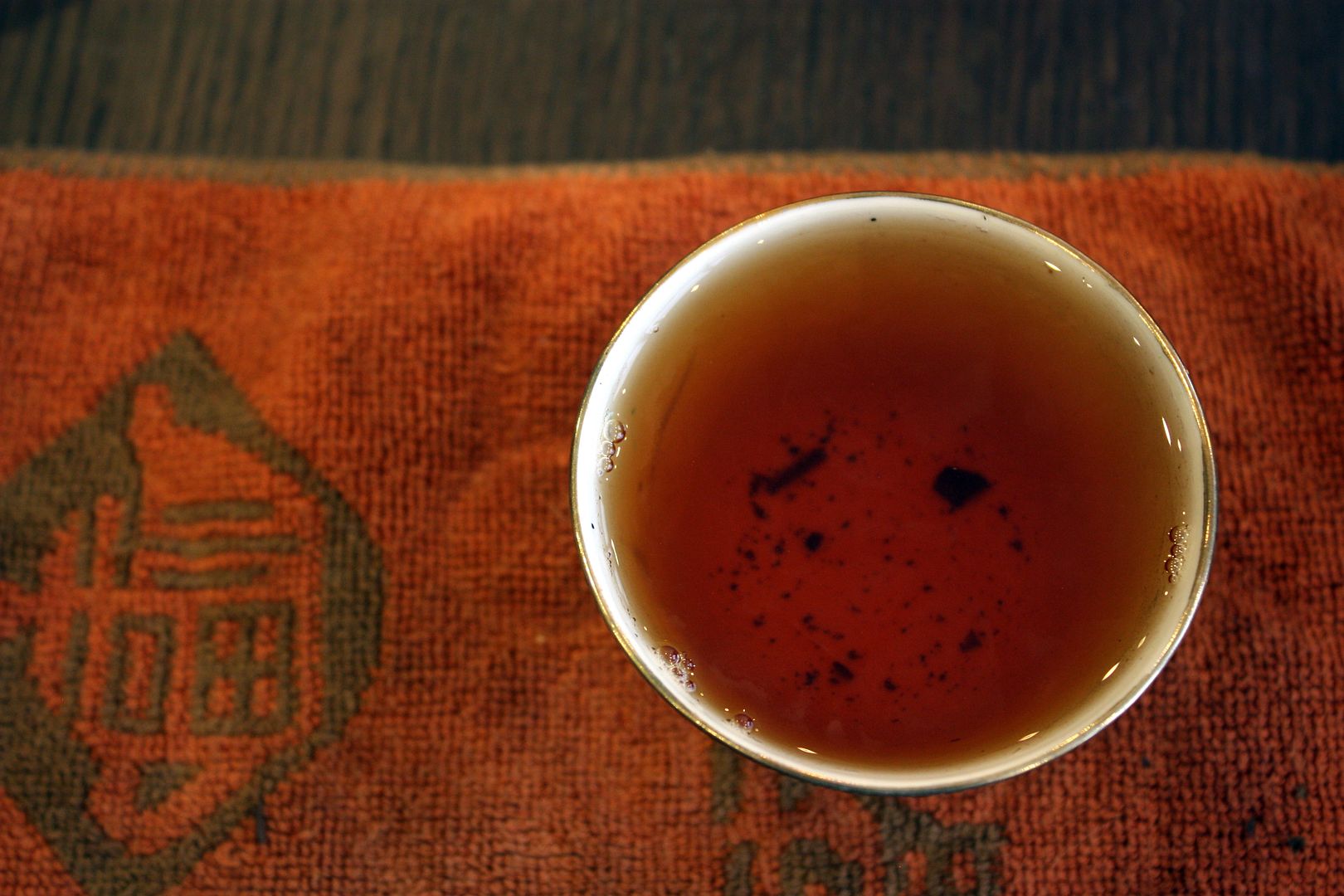

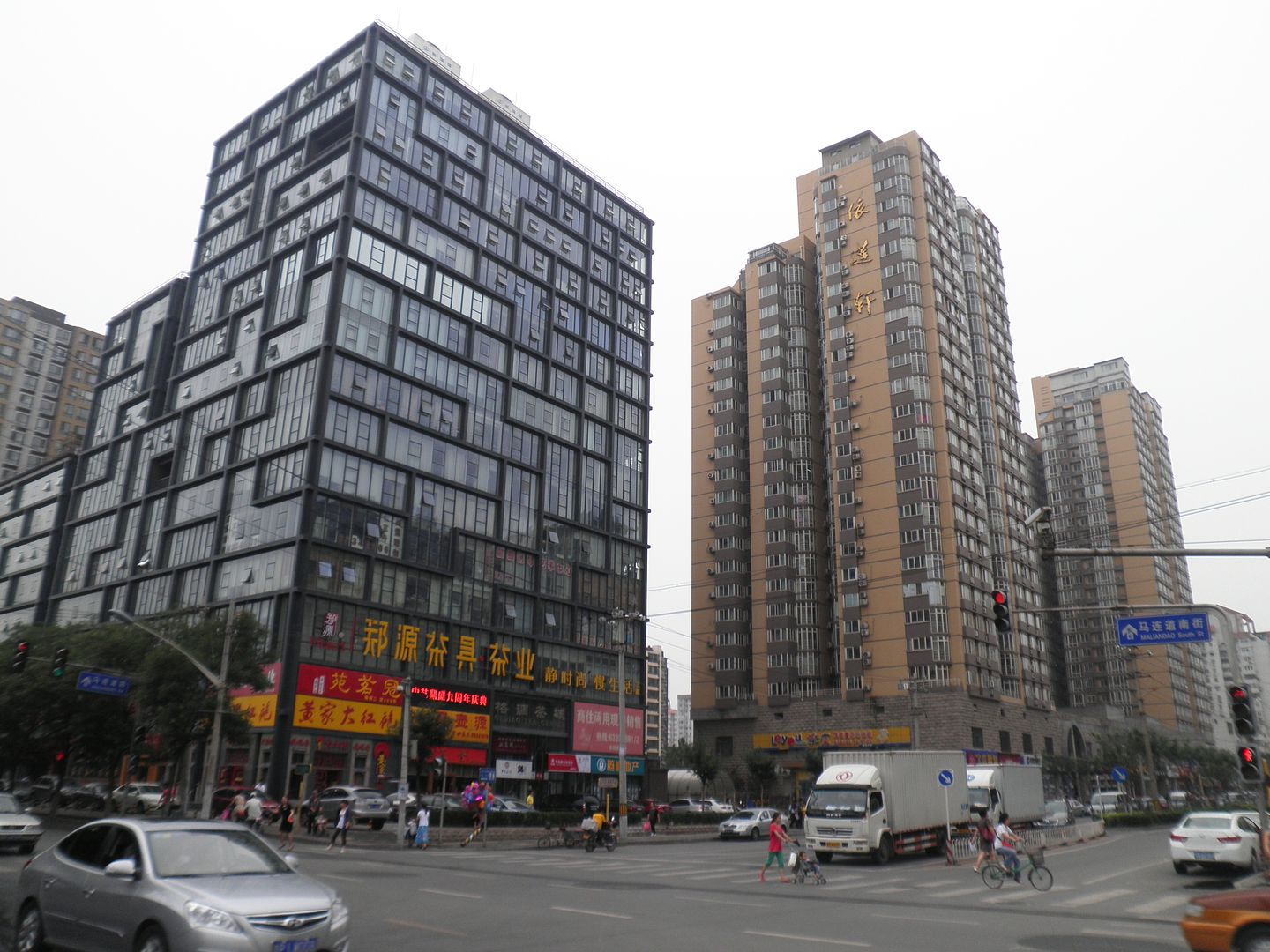
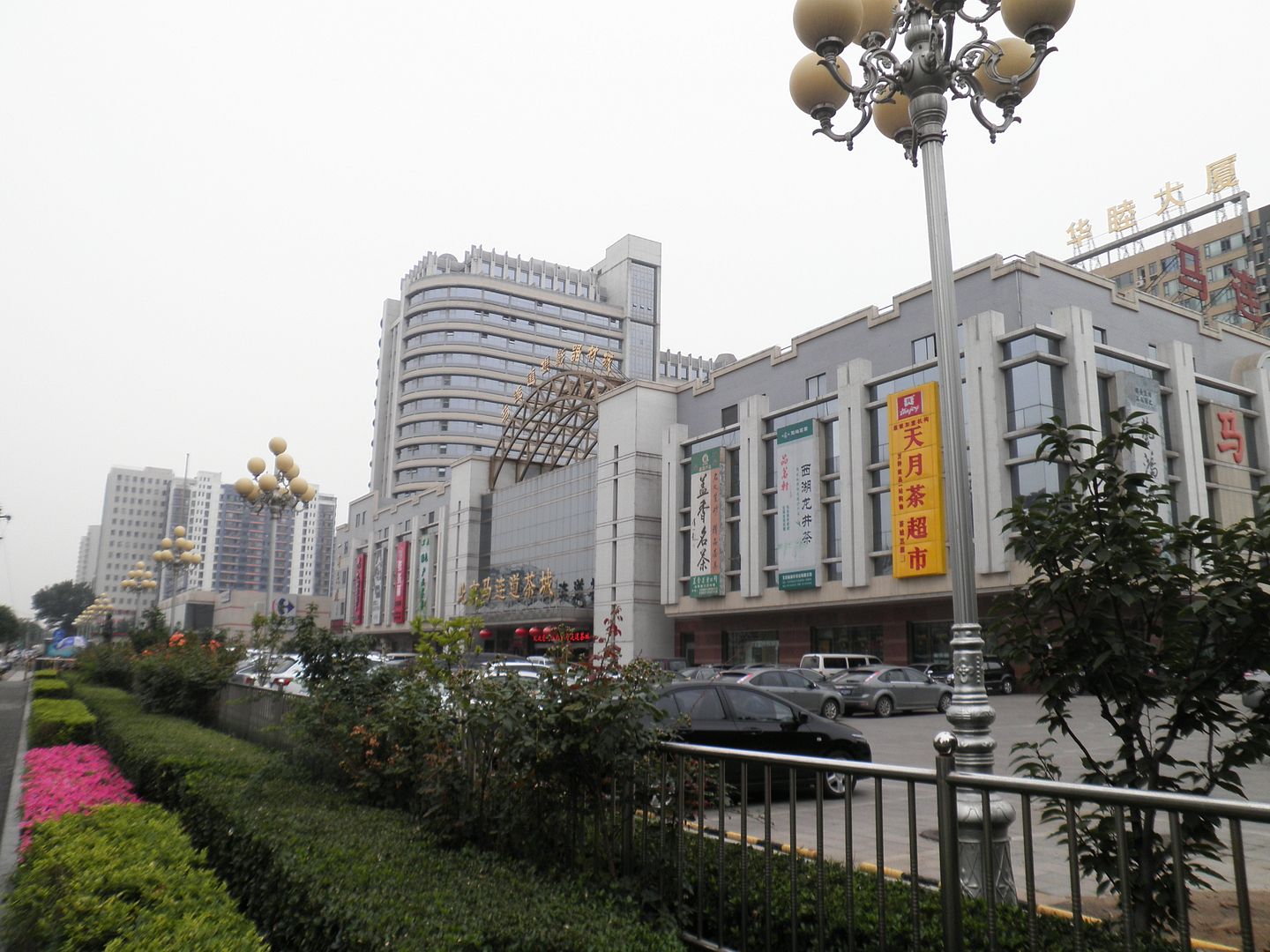
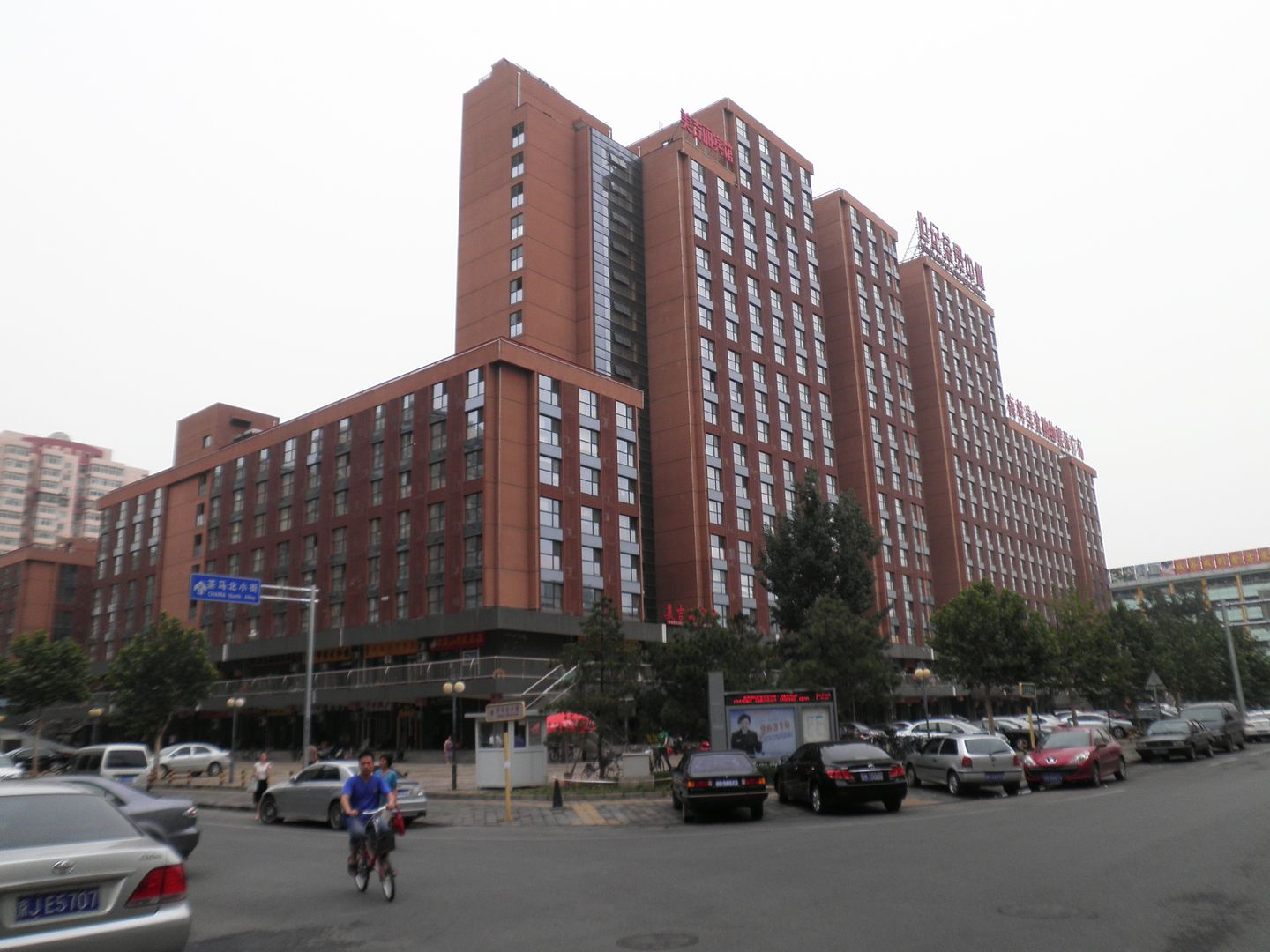

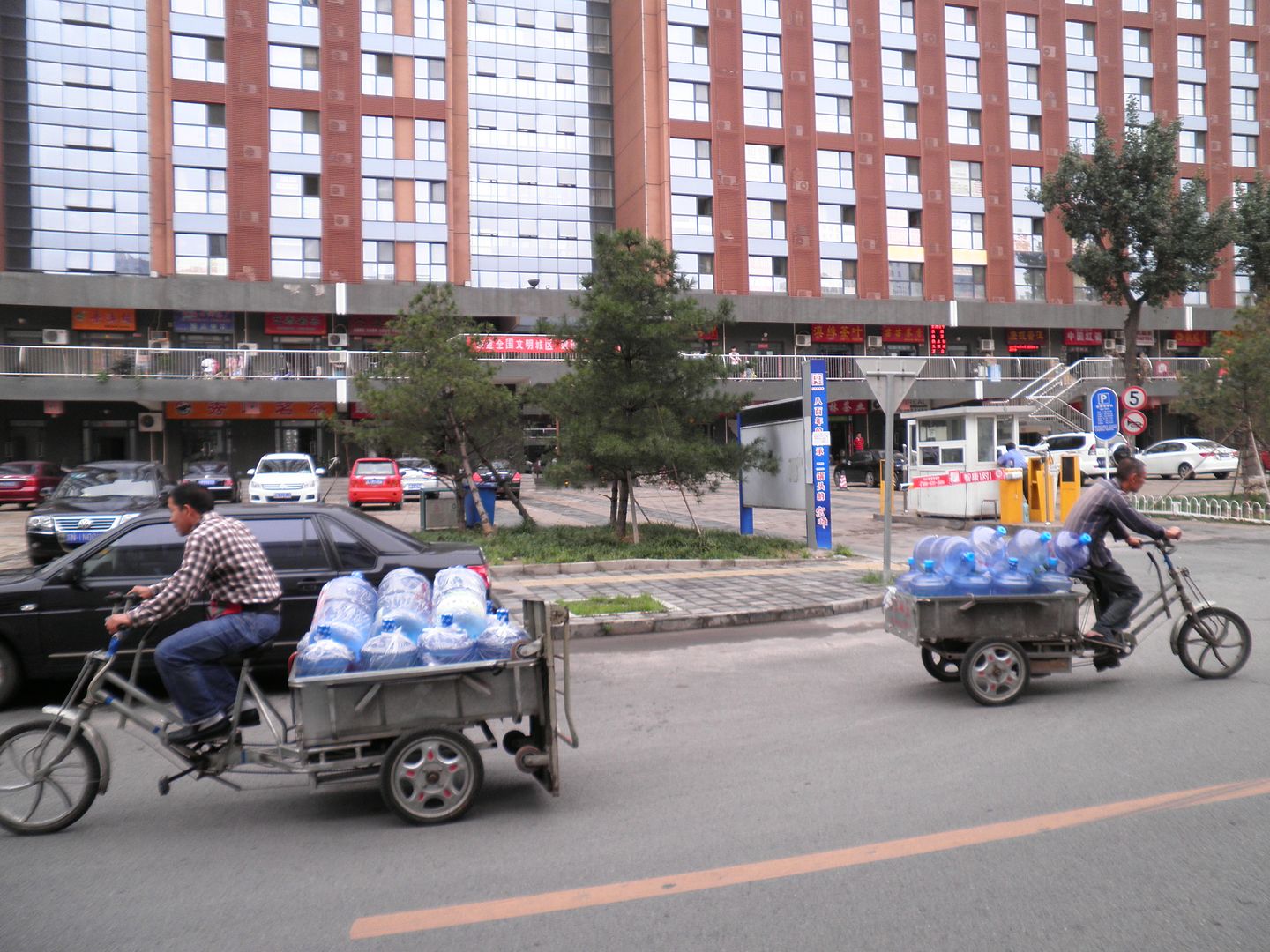
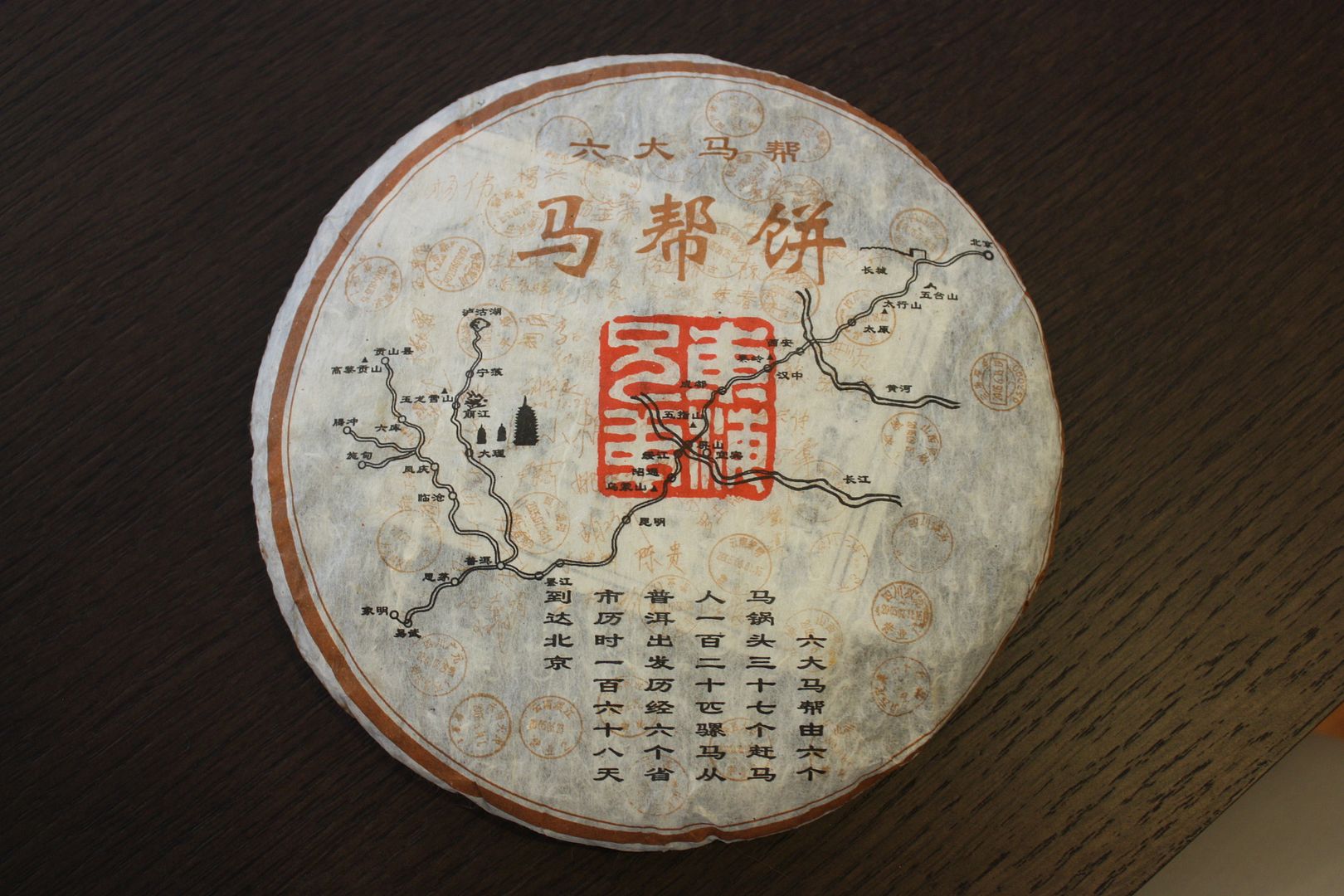
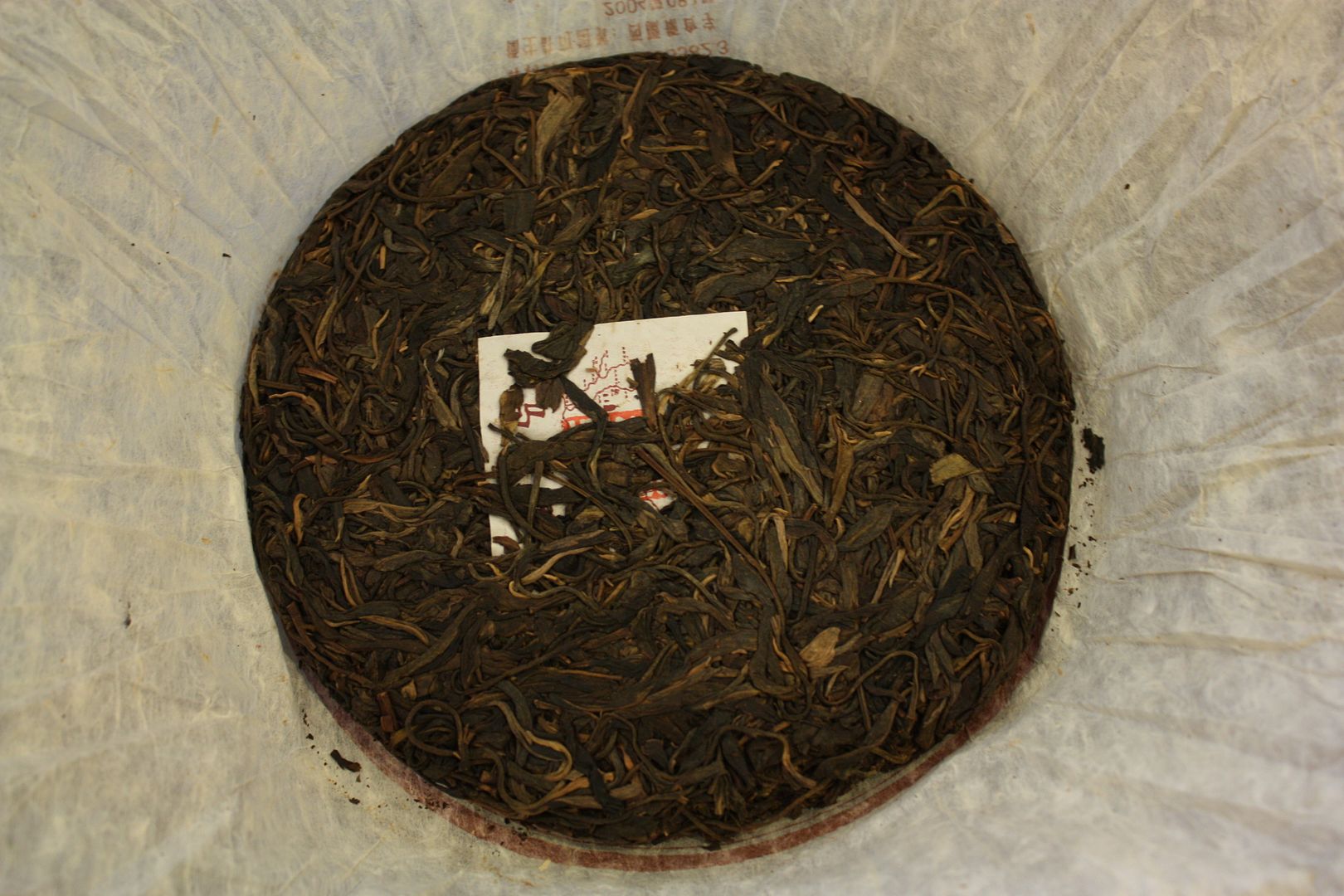
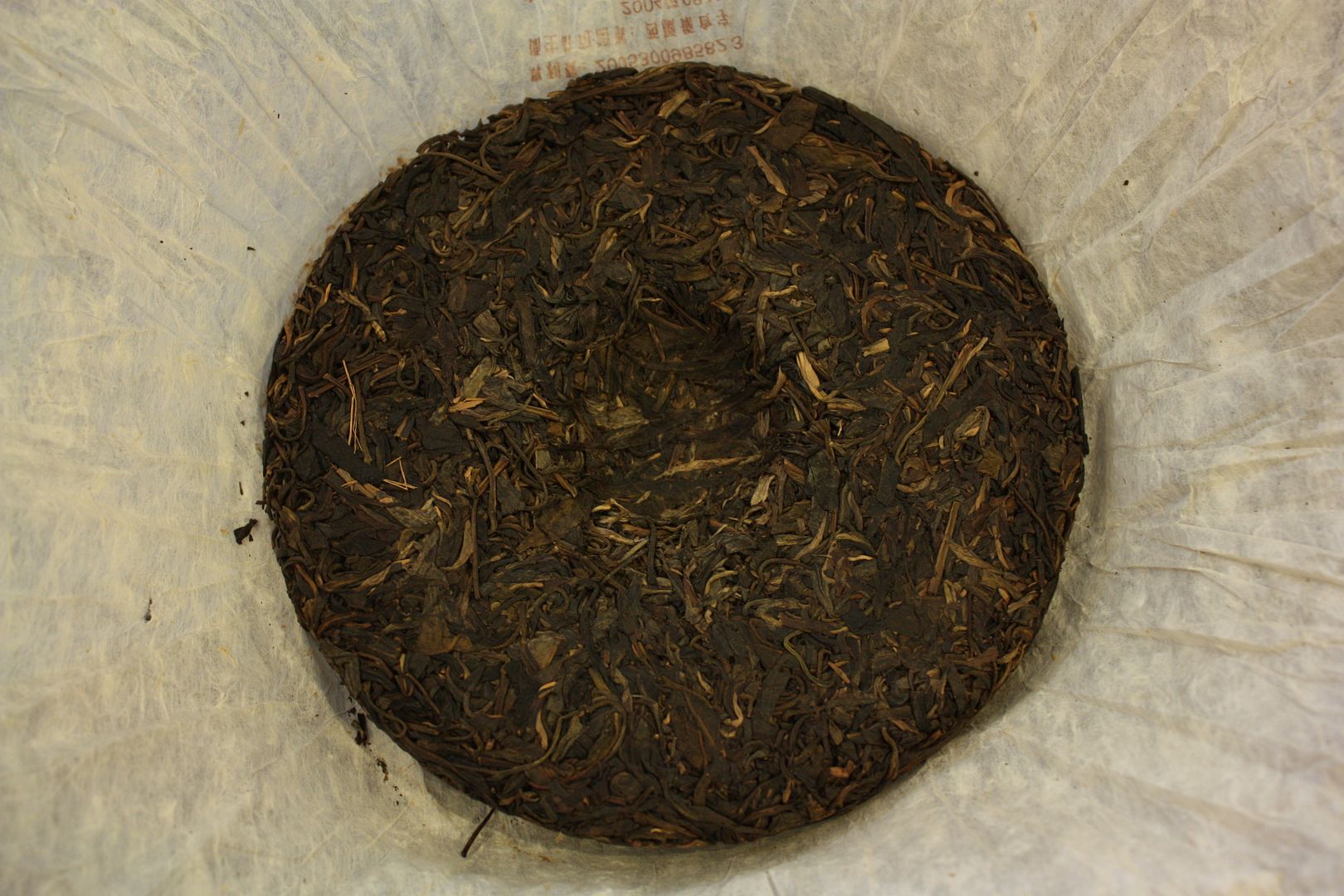
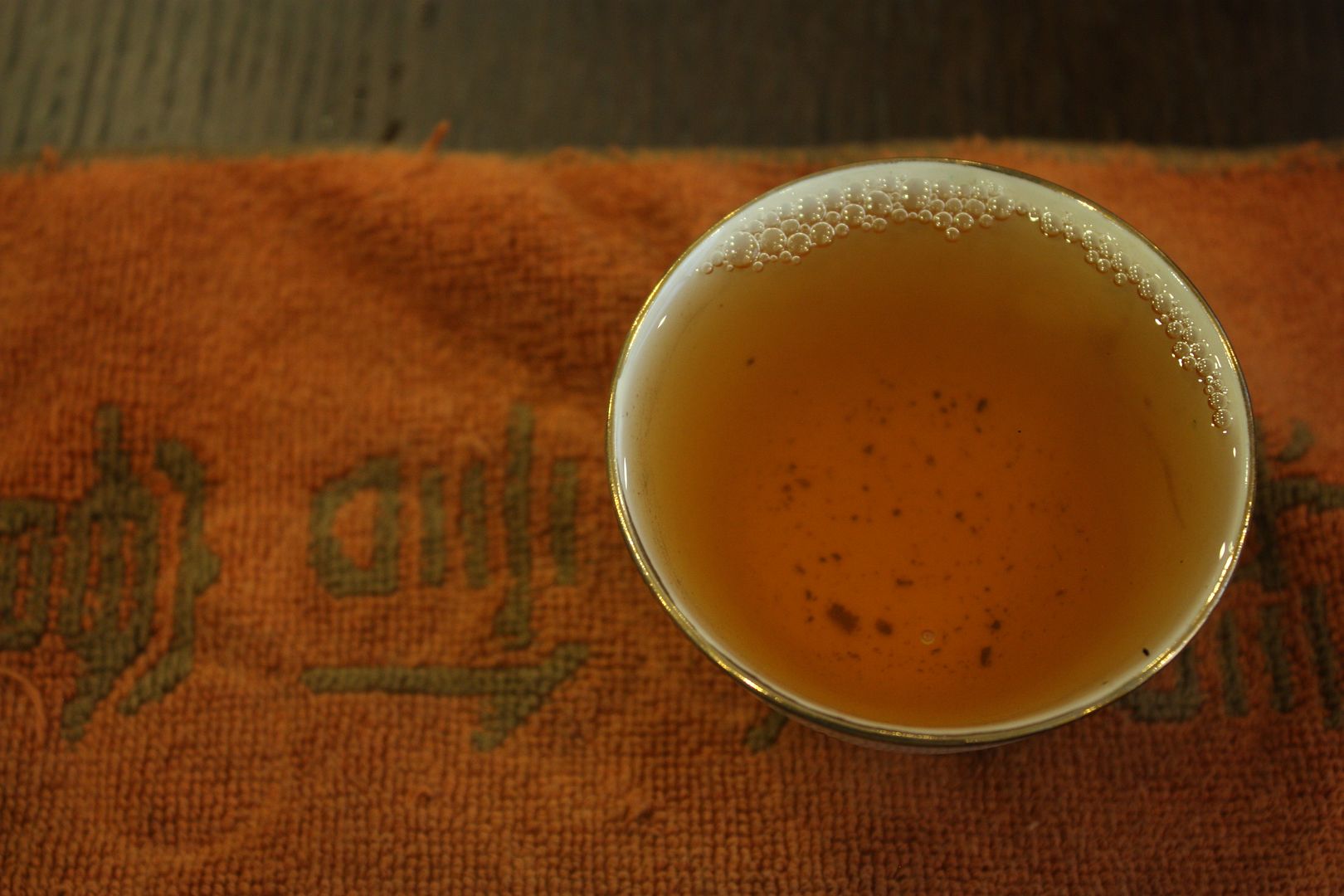
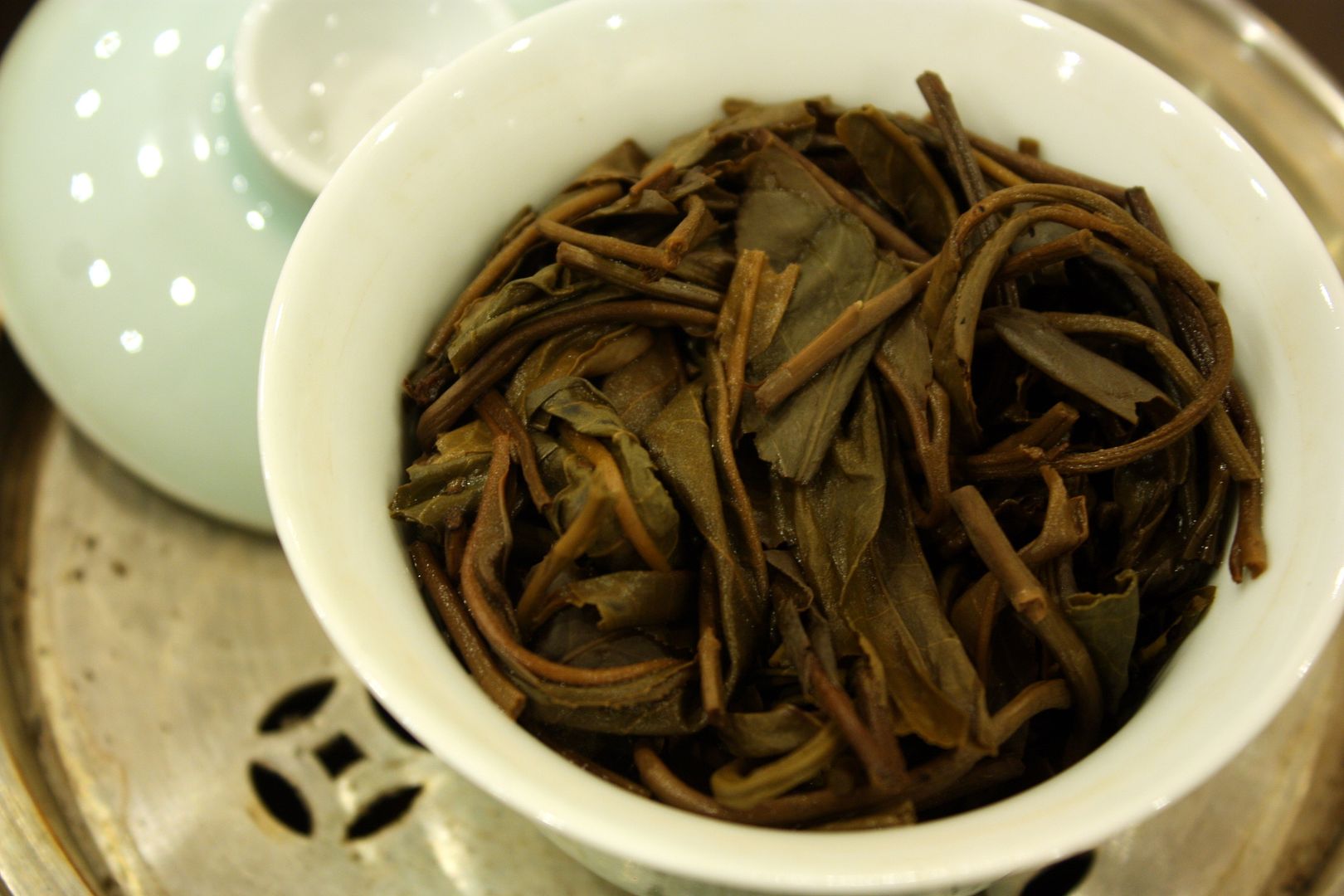


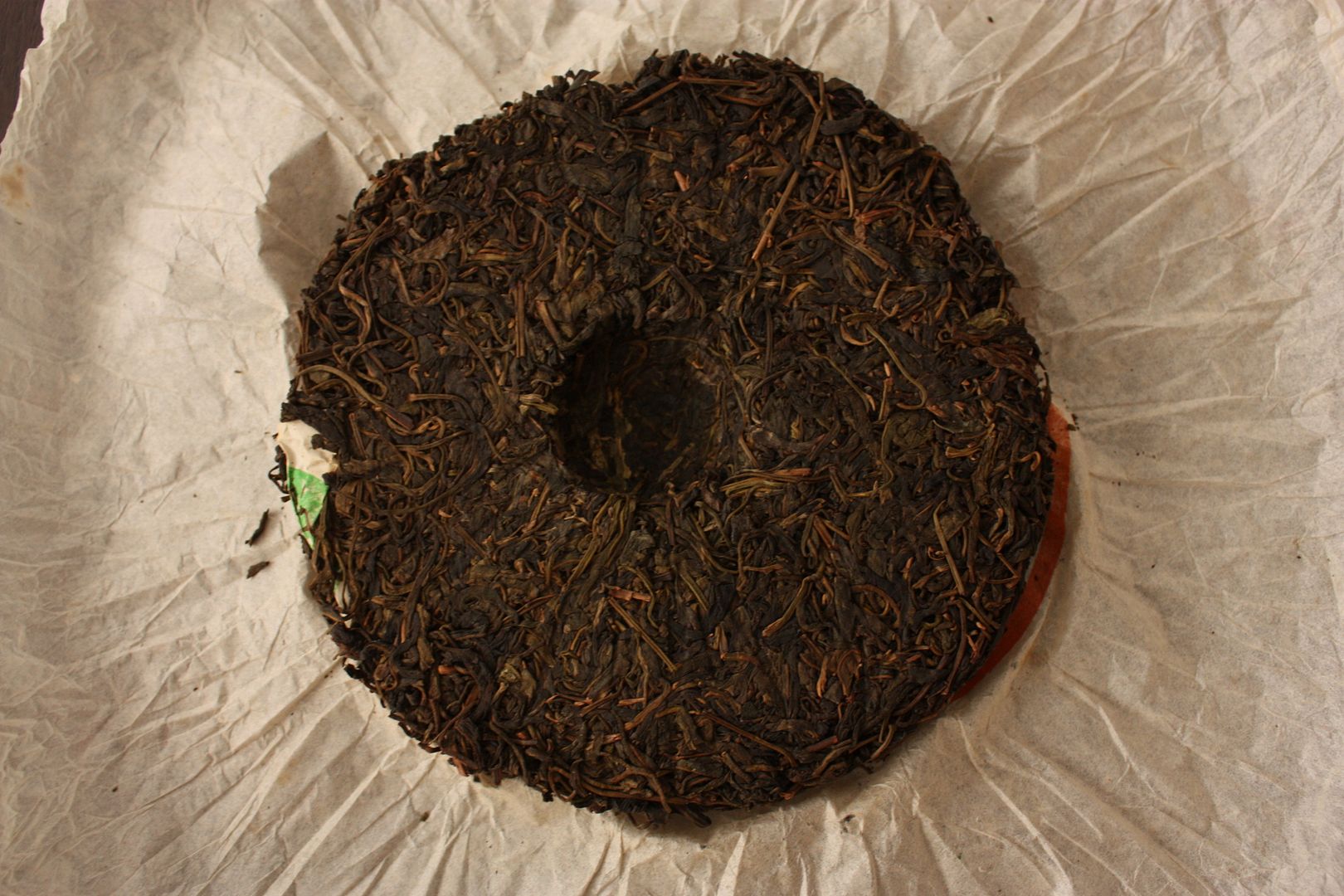
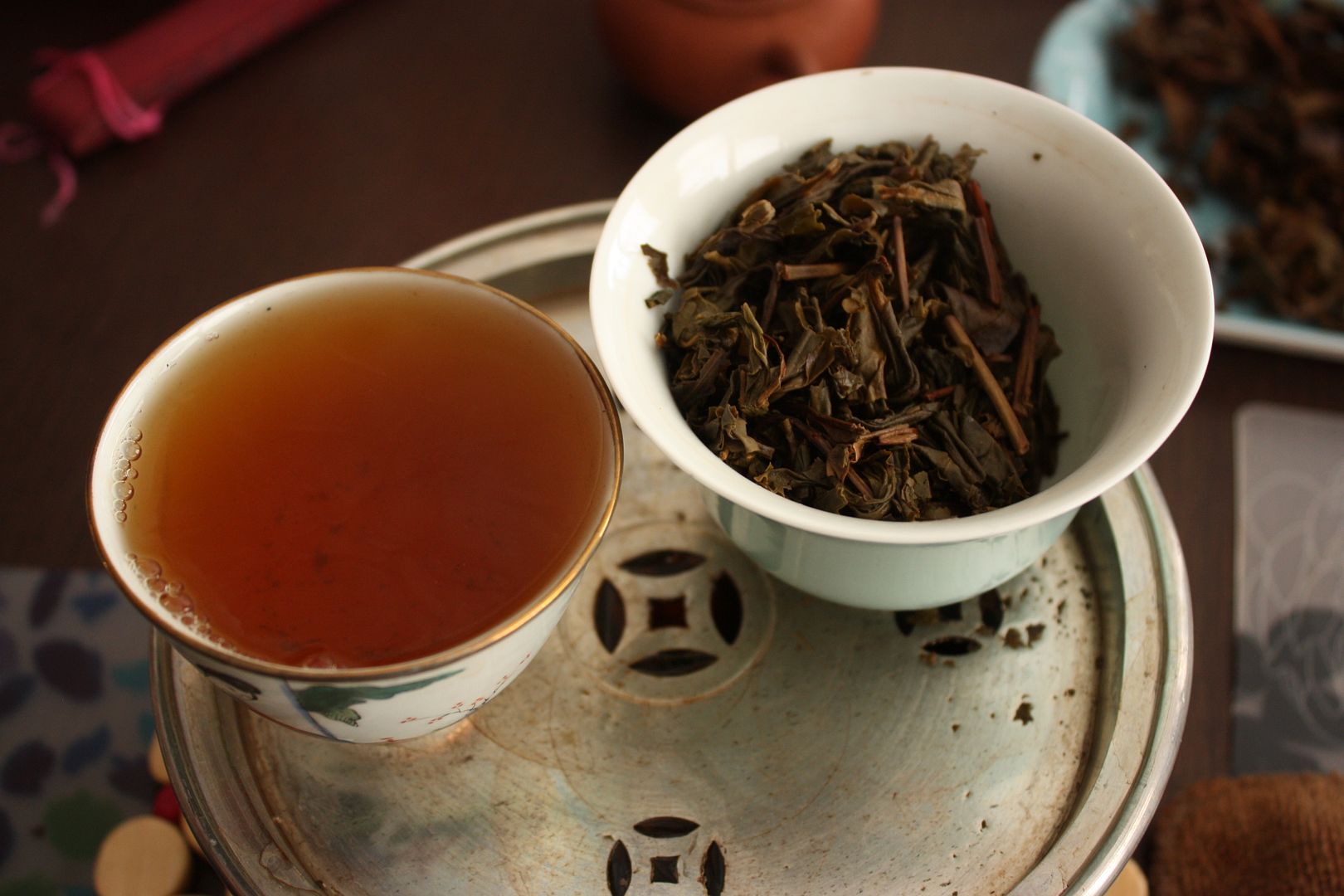

Very interesting read. Sadly Scott has a reputation for not liking when people critic his teas. I myself sent him…